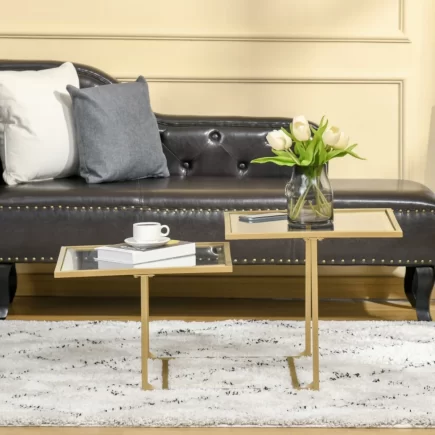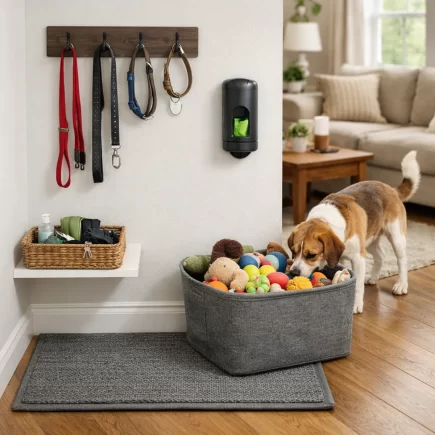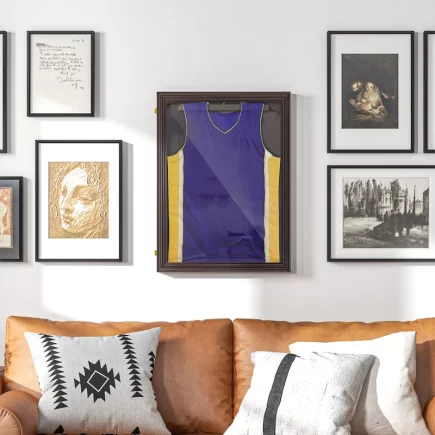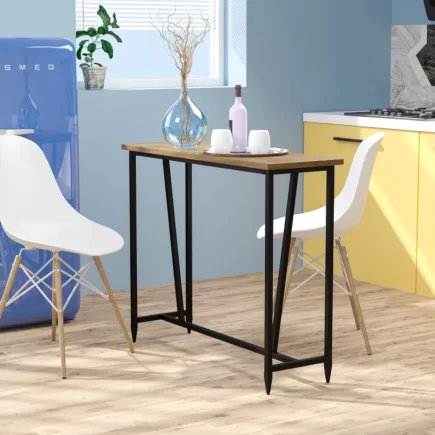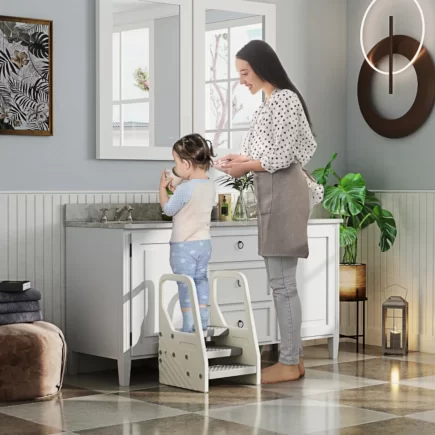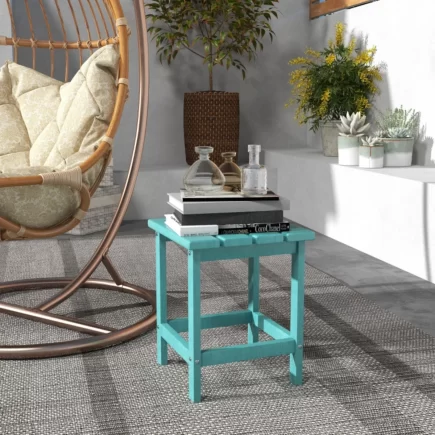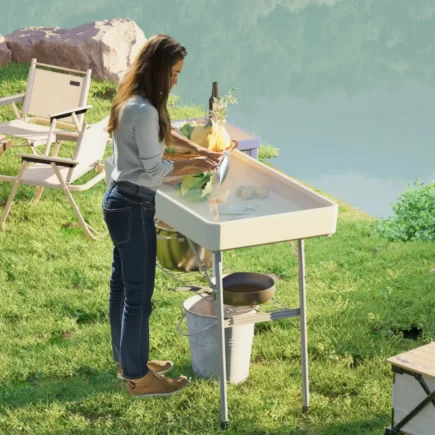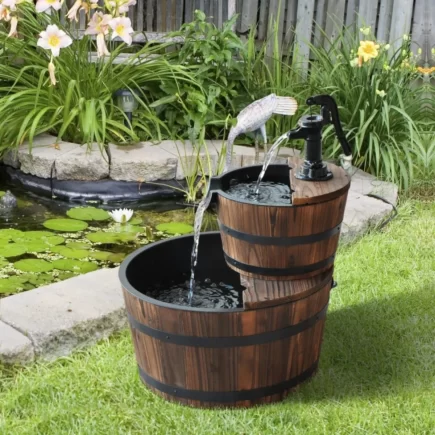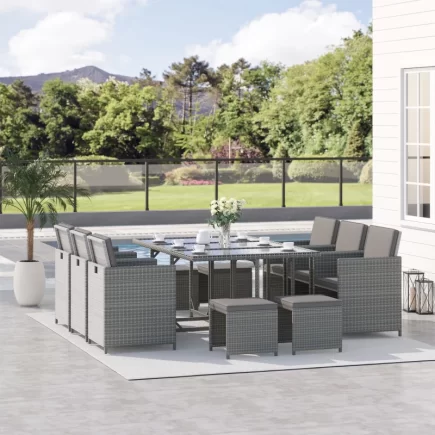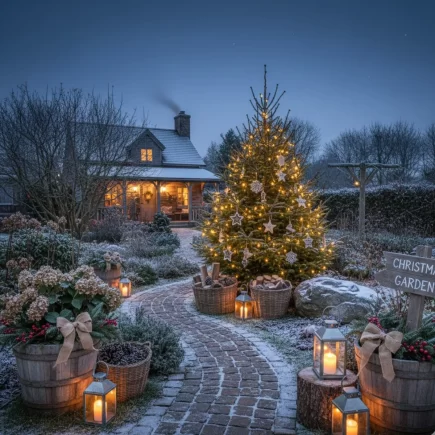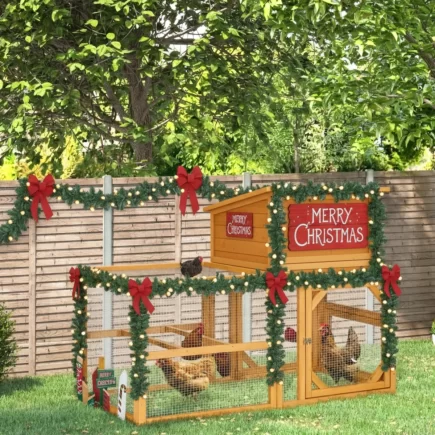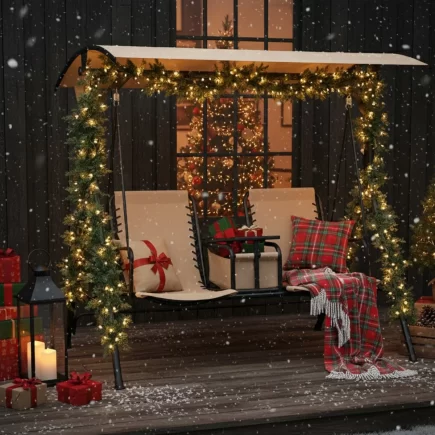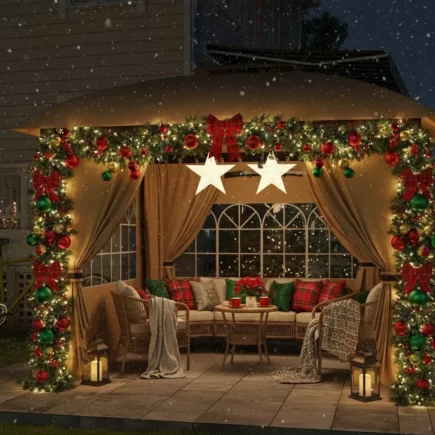Choosing between a coffee table and an end table can be a challenge, especially if you’re looking to complement your living space with functional and stylish furniture. Both types of tables offer distinct advantages, but the right choice largely depends on your room layout, usage needs, and aesthetic preferences.

When to Choose a Coffee Table And End Table
Choosing a coffee table is ideal when you need a larger, central piece in your living room. Here are a few scenarios where a coffee table is the best choice:
- Socializing Spaces: If you entertain guests often, a coffee table provides a practical surface for multiple uses.
- Design Statement: Coffee tables often become the focal point of the room. If you want a table that stands out and complements your living room décor, a stylish coffee table is a great choice.
End tables are perfect for smaller spaces or for those who need a flexible surface. Consider an end table when:
- Flexibility: End tables are often smaller and lighter, making them easy to move around for rearranging furniture or creating a more versatile layout.
Key Differences Between Coffee Tables and End Tables
Understanding the main differences between coffee tables and end tables is crucial for making an informed decision about which table to choose for your living room. Here’s a breakdown of their key differences:
Size and Height
- Coffee Tables: Larger and lower than end tables, coffee tables typically range from 16-21 inches high and 36-48 inches long. Their larger surface area allows them to accommodate more items, making them perfect for gatherings or relaxing.

- End Tables: End tables are smaller and taller, generally ranging from 20-28 inches high. These tables are more compact, which makes them suitable for tight spaces or smaller rooms.

Placement
- Coffee Tables: Positioned in front of the sofa or seating area, coffee tables are the main attraction in the living room, often placed centrally to create a balanced look.
- End Tables: Positioned beside or behind a sofa, armchair, or other seating pieces, end tables act as secondary furniture that complements the primary seating arrangement.
Functionality
- Coffee Tables: These tables provide ample space for drinks, snacks, books, magazines, and decorative items. They often become the gathering point during social activities like chatting, eating, or watching TV.

- End Tables: These tables are primarily used for smaller, essential items such as lamps, remotes, or beverages. They can also serve as display spaces for plants, books, or personal items like family photos.

Design Focus
- Coffee Tables: Coffee tables are often chosen as statement pieces. They tend to have a larger visual impact, with diverse designs ranging from modern metal and glass to classic wooden styles.
- End Tables: While end tables are available in various styles, their design is generally more functional than decorative. They tend to be simpler, with a focus on enhancing the existing furniture arrangement rather than stealing the spotlight.
Surface Area
- Coffee Tables: Due to their larger size, coffee tables offer a larger surface area, making them ideal for placing multiple items.
- End Tables: The surface area of end tables is usually more compact, providing just enough space for a lamp, drink, or a small decorative item.
Storage Options
- Coffee Tables: Many coffee tables come with storage options, such as lift-top designs, drawers, or open shelves. These features make them great for organizing remote controls, magazines, and other small living room essentials.

- End Tables: While some end tables have drawers or small shelves for storage, they generally offer less storage capacity than coffee tables.

Versatility in Space
- Coffee Tables: Coffee tables are generally better suited for larger spaces due to their size. They can also work as a centerpiece to anchor the rest of the living room furniture.
- End Tables: More adaptable to smaller spaces, end tables can fit into tight corners or next to chairs without overwhelming the room.
Can You Use Both in the Same Room?
Absolutely! Coffee tables and end tables can work together in the same room, enhancing both functionality and design. Here’s how to make the most of both:
Balance the Space
If your living room is large, use a coffee table as the central piece and pair it with end tables on either side of the seating area. This will create a harmonious, well-balanced layout.
Match Styles
While coffee tables often make a bold design statement, end tables should complement the coffee table. Look for matching or complementary materials, colors, and designs to ensure cohesion.
Functionality and Flow
Make sure there’s enough space to move freely. Don’t overcrowd the room with too many large tables. Instead, focus on a balanced design that maintains both flow and functionality.
Top Tips for Buying Coffee and End Tables
When purchasing a coffee table or end table, here are a few tips to help you make the right choice for your space:
Measure Your Space
Before purchasing, make sure you measure your available space to ensure the table fits comfortably without obstructing pathways or overwhelming the room.
Prioritize Function
Think about how you’ll use the table. Do you need extra storage or a surface for entertaining? Would a minimalist design be better suited to your space?
Consider Material and Style
The material of the table can affect both the look and longevity. Choose a material that matches your décor, whether it’s a wooden coffee table for a rustic feel or a glass and metal end table for a modern touch.
Think Long-Term
Invest in quality furniture that will last. Look for durable materials and solid craftsmanship to ensure your coffee or end table remains functional and attractive for years to come.
Choosing between a coffee table and an end table can seem daunting, but understanding their key differences and functions will help you make an informed decision. Whether you’re looking for a central piece to anchor your living room or a compact surface to complement your sofa, both tables play vital roles in creating a balanced, functional space.
If you’re still undecided, visit Aosom’s selection of End Tables and Coffee Tables for a wide variety of stylish and functional options to suit your needs. The right choice can transform your living room into a comfortable, inviting space where style and practicality meet seamlessly.
FAQs
1. Are coffee tables only for larger rooms?
While coffee tables are generally better suited for larger rooms, you can still use them in smaller spaces if the room layout allows. Opt for a smaller coffee table to keep the room balanced and functional.
2. Can a coffee table and end table have matching designs?
Yes! It’s important to match or complement their styles. Coffee tables often act as a design statement, while end tables should blend with the coffee table to maintain harmony in the room.
3. What materials are best for coffee and end tables?
The material depends on your décor style. Wood tables are great for a rustic or traditional look, while glass and metal tables fit modern or contemporary interiors. Always consider durability and long-term maintenance.

